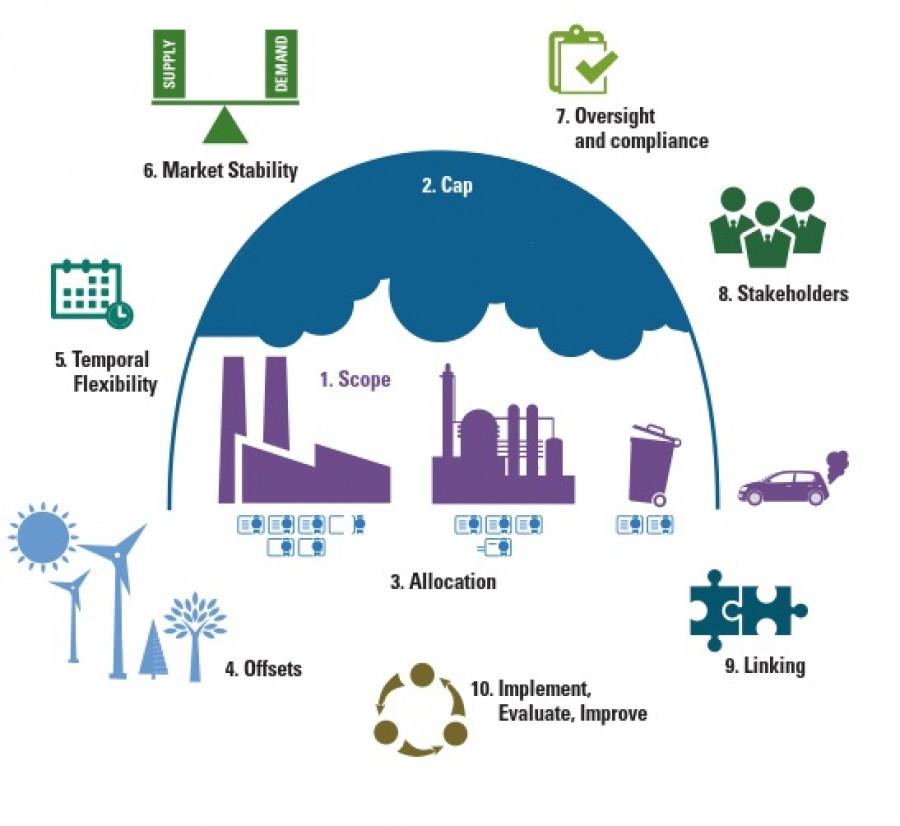
Search
Emissions Trading in Practice: A handbook on design and implementation

Published: 2016
Authors: Catherine Leining, Suzi Kerr
The Handbook synthesizes input from over 100 practitioners and experts from four continents, reflecting both the latest theoretical insights and best practices from existing emissions trading systems (ETSs).
As of 2016, emissions trading systems were operating in 35 countries, 12 states or provinces, and seven cities, covering 40% of global GDP. Additional systems are under development in a wide range of locations. This is the first ever handbook designed to help any country in the world design a system to suit their locally specific needs.
An emissions trading system is a policy tool and it can be designed to achieve a range of outcomes – environmental, economic, and social. Emissions Trading in Practice: A handbook on design and implementation sets out a ten-step process for designing such a system. At each step, there are a series of decisions or actions that will shape major features of the system.
A shortened synthesis is also available, and the handbook has been translated from English into Spanish, Chinese and Turkish.
Funders
World Bank, International Carbon Action Partnership


Level 1, 97 Cuba Street, PO Box 24390
Wellington 6142, New Zealand
Phone: 64 4 939 4250
 Back to main menu
Back to main menu
